Speaker 1: Make sure that your sharing as much as possible about those connections you made.
Today started out with a literature circle share out. Each person has two minutes to share, the rest of their team mates are listening and learning. They did all five of their jobs. First job is the summarizer:
"We're going to start out with our summarizers. I'm looking at DeAnjelo, Denashia, Stephanie, George and Jose."
They're in charge of hitting all of the major points in the chapter; first, next, then last kind of thing, so it's like an overview of what happens.
"Two minutes begin now."
Can you then speak about that for two minutes, to four of your peers? It's their time, two minutes. Then can you learn from what somebody else is saying? Because a lot of learning is also listening.
Speaker 2: It describes Wayne in chapter 6 when he came to town.
Speaker 1: The second person, the visualizer, is in charge of picking the best setting of that chapter, so where does the action happen, and why is that setting important?
"Make sure that your sharing for that full two minutes. Go ahead and begin."
They're in charge of pulling out text evidence of what's in the scene and then also drawing a picture of it so that they can also visualize with their mind's eye what's happening in the chapter.
Speaker 1: "Alan, this is great text evidence, okay? I'm glad that is what you pulled out from the chapter."
The third person is our inferencer, so taking what character's say and think and how that impacts who they are as people. Sort of the more in depth analysis of how characters are interacting in the chapter.
Speaker 4: "On page 69, when Yolonda said she was made of fancy pants. She was maybe mad."
Speaker 1: "Did she mean that she had fancy pants?"
Speaker 4: "No."
Speaker 1: "No, what did she doing to her? What do you call it when you say something that sound kind of nice, but you might not mean it to be so nice?"
Speaker 4: "Sarcastic."
Speaker 1: "Maybe sarcastic, right. So was she being nice to her?"
Speaker 4: "No."
Speaker 1: No. What was she being instead, Abel? What was she being?"
Speaker 4: "Bragging?"
Speaker 1: "Yeah. Kind of like bragging, yup. So that's a good example of noticing what they say, but what they actually mean when they say it. Okay? That's a good reference Abel. Go ahead and continue."
The fourth person is in charge of picking out a symbol, they're the symbolizer. Which is basically the big idea or theme of the chapter.
"Go ahead and begin."
Often times people are asked to find the big idea of the book, so we try to practice that with individual chapters.
Speaker 5: "My symbol that I chose was courage because, mine starts with it took a lot of courage because I was afraid."
Speaker 1: "Nice. That's a great connection Nick."
The fifth person is the word detective. They find interesting or tricky or just uncommon words and break them down based on the suffixes and prefixes and their connotation and come up with their own definition based on the context clues in the chapter.
Speaker 6: Page 162, the sentence I have with a tricky word is, "he aim's the nozzle straight up" The content was neutral.
Speaker 1: "Right now your going to read chapter 17 and 18. The jobs have already rotated at the board, okay?"
I found that when they are practising those skills in a really strong way, they get excited about what their doing and when they can understand the story and can then explain it in an engaging way, the rest of their team is more interested in what they have to say.
Speaker 7: "What is his purpose?"
Speaker 8: "His purpose is to show the city."
Speaker 1: You'll see a lot more students sitting up, and listening and leaning in to what student's are saying here at week 3 into the unit, where as the first couple of days it was very quiet.
"Speak a little bit louder so that everyone can hear you okay?"
Speaker 9: "He told me there's not much to answer because he's afraid..."
Speaker 1: So it's been cool to see they're enthusiasm and volume both match as they've gotten stronger at this.


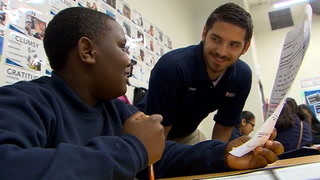
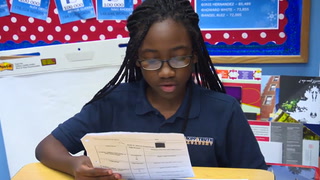

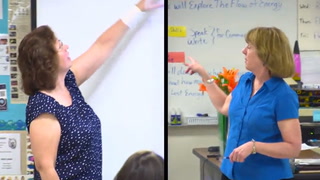


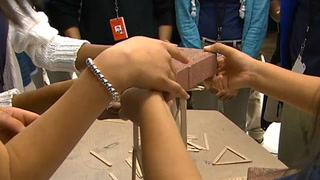
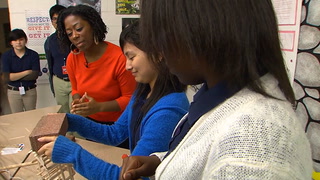


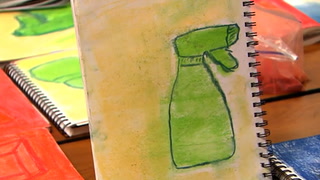
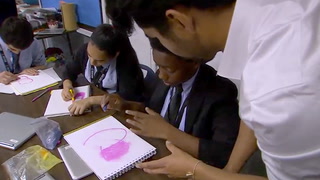
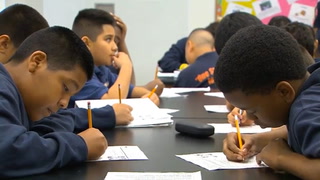
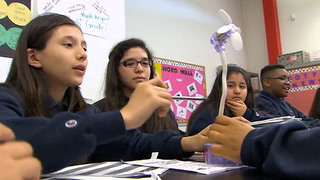









103 Comments
Betty Wise Mar 3, 2024 11:10am
1. The literaterature circle keeps all students engaged by assigning each student a different job or role. This allows the student to learn from their peers and lead their own learning.
2. Students are all working collectively within the group which allows the students to facilite or lead their own learning.
3. The 2 minute limit that the teacher asked each student to adhere to allows the students to engage with their peers and the struggling learner is also giving the change to learn for their peers in a safe setting.
Constance Wright Feb 23, 2024 1:43pm
Janell Howard Nov 30, 2023 7:17pm
1. It helps keep students engaged in challenging lessons. It also helps students improve in fluency, language improvement and comprehension skills.
2.It helps students improve dialogue amongs other students. Students are working collaboratively while the teachers obsers and and faciiliate the lessons.
3.It encourage paraphrasizing and summarizing. It helps learn time management when working with groups. It also gives each student an opportunity to share ideas.
Bridgette Williams Nov 24, 2023 1:14pm
1. How does the literature cirlce share out deepen students' understanding of the chapter? The students share out centers gives the students a deeper understanding of the text. By allowing each student to have a role, it made the assignment more interesting for the students and to help deepen their understanding of the literature as well.
2. How doe the five roles help students strengthen their reading skills?Utilizing those five skills help to build the knowledge and courage for the students to engage more in the conversation about the literature piece. When the students practice being a summarizer, visualizer, inferencer, symbolizer, and a word detective they get excited, become more interested, their posture and tone changes, and they are more engaged in the lesson.
3. What are the benefits of allowing students to speak for a set amount of time? It builds self-esteem in the students and encouragers the student to facilitate the lesson. Other students who may not understand the lesson can learn from others in the group.